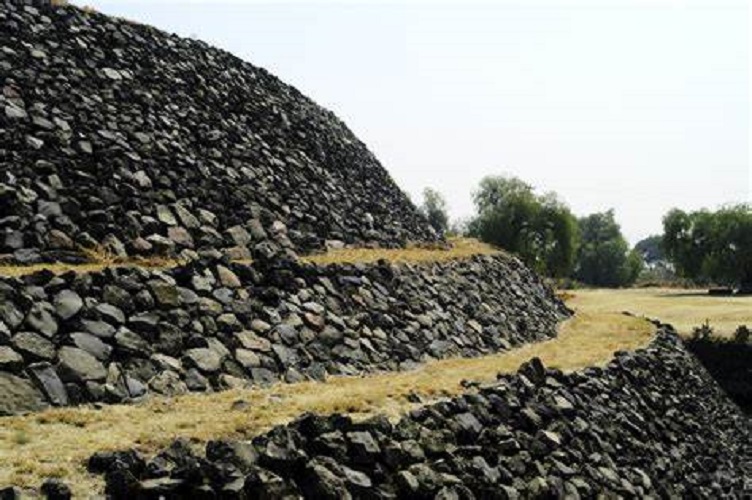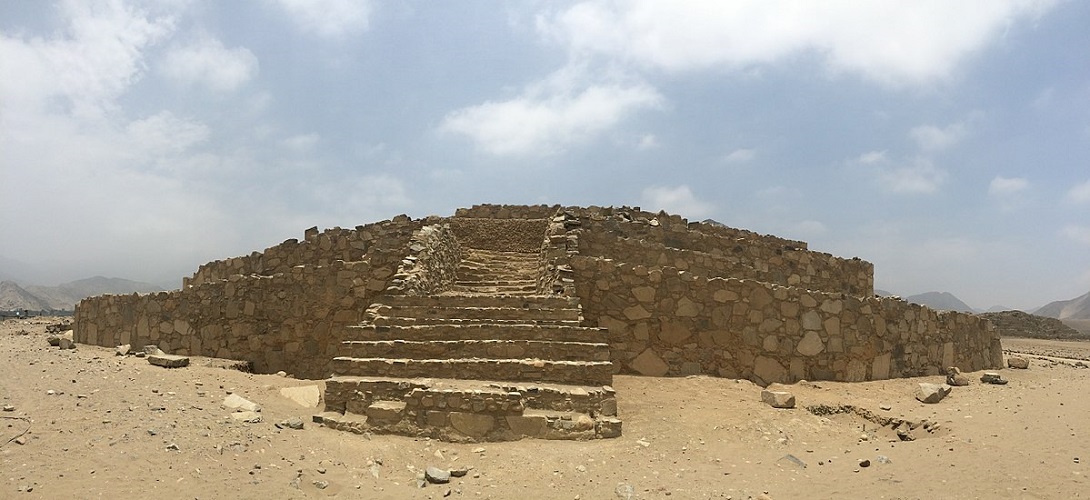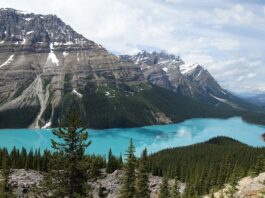The Oldest Man-made Structures
If you look at the Tide pod eaters and condom inhalers of today and lose faith in humanity, fret not. There’s still hope for the human race. In fact, in this piece, we will allay your fears as we demonstrate what thousands of years of true human ingenuity look like. Without further adieu then, here are the 10 oldest man-made structures on earth that are still worth visiting today.
1. Wiebbe Hayes Stone Fort, Australia

There’s little more than a stack of coral and limestone blocks remaining of Australia’s oldest structure. Found on West Wallabi Island, it dates back to 1629. What’s most fascinating is the history here.
It’s a dark, torrid tale of murder, mutiny at sea, and a shattering shipwreck. Spend some time at the popular Museum of Geraldton and learn of this wreck and the bloody battles that ensued. You can also charter a boat and sail to the fort just off the mainland and experience history for yourself.
2. Fortaleza Ozama, Dominican Republic

Famous explorer Christopher Columbus was once a prisoner here at this fort completed in 1508. It is located at the official entrance to Santo Domingo’s Ciudad Colonial. The fortress overlooks its namesake, the Ozama River.
It is now a UNESCO World Heritage Site. Here you will travel back through the mists of time after the first stone was set in 1502. Explore all the various chambers, dungeons, and tunnels that remain of this Spanish castle-like fort. Thus, it’s officially the very first “permanent military structure” anywhere in the Americas.
3. Acoma Pueblo, USA

Situated in Albuquerque, New Mexico and originally thought to have been founded in 1150, this historic pueblo was designated to be the “oldest continuously inhabited community” in the USA. It has, however, been the subject of more recent excavations that lend credence to the possibility it could date back even earlier. Now almost 50 members of the Acoma tribe live in “Sky City.” It’s thus named because it seems to be precariously perched atop a 367-foot mesa. They have no smartphones, no electricity or running water and live as their ancestors did.
4. Cuicuilco, Mexico

This ancient ceremonial center and archaeological site is located on the shore of well-known Lake Texcoco in the Valley of Mexico, in famous Mexico City. The moss-covered lava blocks and stones of this temple are in danger of being reclaimed by the earth as the weeds and green grass peeking out between the stones indicates. The Cuicuilco Pyramid harkens back to 2000 BC. (Cuicuilco is Nahuatl for “place of songs.”) The residents of this place were the first to record the sun’s movements, thus initiating the creation of the first calendar.
5. Borchgrevink’s Hut, Antarctica

This structure is noteworthy for both its significant place in the exploration of this continent and because it was the very first man-made structure built here. Because of the strong offshore winds and heavy surf Cape Adare is one of the most inhospitable landing sites in Antarctica. It was in 1899 that Norwegian Commander Carsten Borchgrevink erected two huts so that he and his team could be the first expedition to spend the night in Antarctica. Visitors can still see the original huts and their remaining contents there today.
6. Pyramid of Djoser, Egypt

Also known as the Step Pyramid, this pyramid is located in the ancient Saqqara necropolis, northwest of Memphis. It predates the world-famous Great Pyramid of Giza by several hundred years. It’s also the planet’s “oldest still-standing stone building.”
The man-made pyramid was constructed between 2667 and 2648 BC for the Egyptian pharaoh Djoser who ruled during the nation’s third dynasty. This step pyramid has a total of six layers that have been restored over a period of 14 years. Finally open to the public, travelers can now wander through the pyramid.
7. Caral-Supe, Peru

The sacred city of Caral-Supe (or simply Caral) is a UNESCO World Heritage Site. This 150-acre plot of homes, plazas, and pyramids is located on an arid desert terrace that overlooks the valley of the Supe River. Archaeologists unearthed a reed carrying bag that dates back to the Late Archaic period which started in 3000 BC.
Therefore, it’s the Americas’ oldest civilization, and one of the oldest on the planet. The previously-mentioned river determines how easily travelers can get to this place according to the country’s wet or dry season.
8. Dholavira, India

This archaeological site is situated at Khadirbet in Bhachau Taluka of Kutch District, in Gujarat in India. It’s a man-made Harappan city isolated from modern-day civilization by the well-known salt plains of Rann of Kachchh. It was rediscovered in 1956.
It’s named after a contemporary village only 1 kilometer to the south. Researchers agree this ancient locale was probably occupied from 2650 BC to 1450 BC. The defensive fortifications, grid-like streets, and advanced drainage systems might very well be one of the first examples of early city planning.
9. Göbekli Tepe, Turkey

Located in Turkey’s Southeastern Anatolia Region, this archaeological site is roughly 12 kilometers or seven miles away from Şanlıurfa. Experts say this is the first man-made temple on the planet. First discovered some time in the 1960s, it was originally dismissed as being little more than a medieval cemetery. In 1994, a German archaeologist named Klaus Schmidt visited this place and found that it went all the way back to 9500 BC. It actually predated metal tools or pottery. That makes these huge intricate carved stones even more marvelous.
10. Tel es-Sultan, Palestine

Also known as Ancient Jericho or Tel Jericho, this is the location of biblical and ancient Jericho. Ensconced in the well-known plain of Palestine’s Jordan Valley, it is now a UNESCO-nominated archaeological site. Remains here date back to 9000 BC.
Researchers report it was first inhabited in the 10th millennium BCE. This place, known to some as “the oldest town in the world”, played an important role in Levantine archaeological history. It’s also known to be the longest continuously inhabited city on the planet. You can tour the ruins on foot or via bicycle.





The oldest known structure in Australia is the Brewarrina fish traps in country NSW, it was built by the aboriginal people between 14000 and 4000 years ago, please rephrase your comment on the Wiebbe Hayes Stone Fort as it is very offensive to the aboriginal people of Australia, thanks.
Hello,
I believe that while the fish traps MAY be the oldest human construction in the world, the specific age could not be officially proven when this article was sourced. I am curious though as to how you know this one article has been read by even one aboriginal let alone all of them and how you know they all find it offensive.
Sorry but again all lists must meet a specific list of requirements and there was no specific date of origin proven for the construction to which you refer. Additionally, it may also not have qualified as a “structure.” I personally do not qualify or disqualify the choices on our lists, for the most part.
Thanks though for all your kind words of praise on all the other articles on this website. No, I am kidding. I will simply assume you love everything else here.
Thanks!
Agreed. I place no value in the comments of the ONE, who claims to speak for the whole.